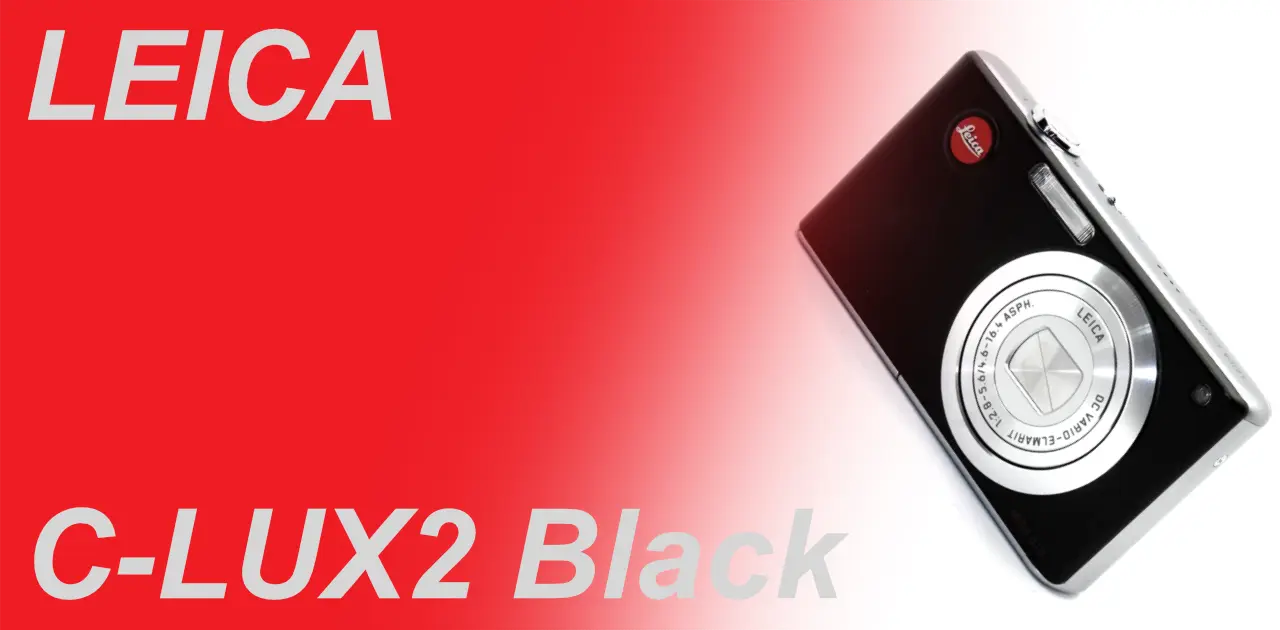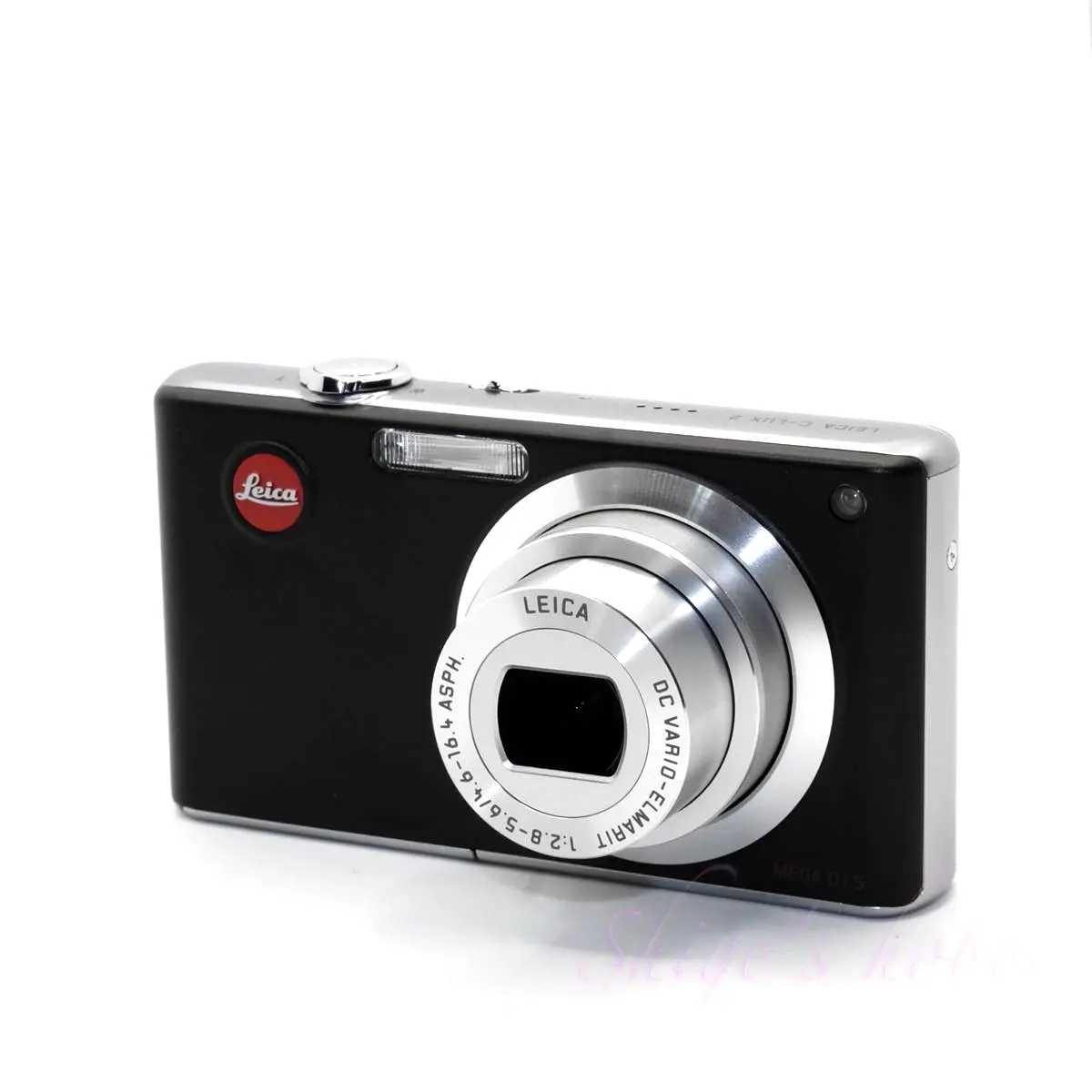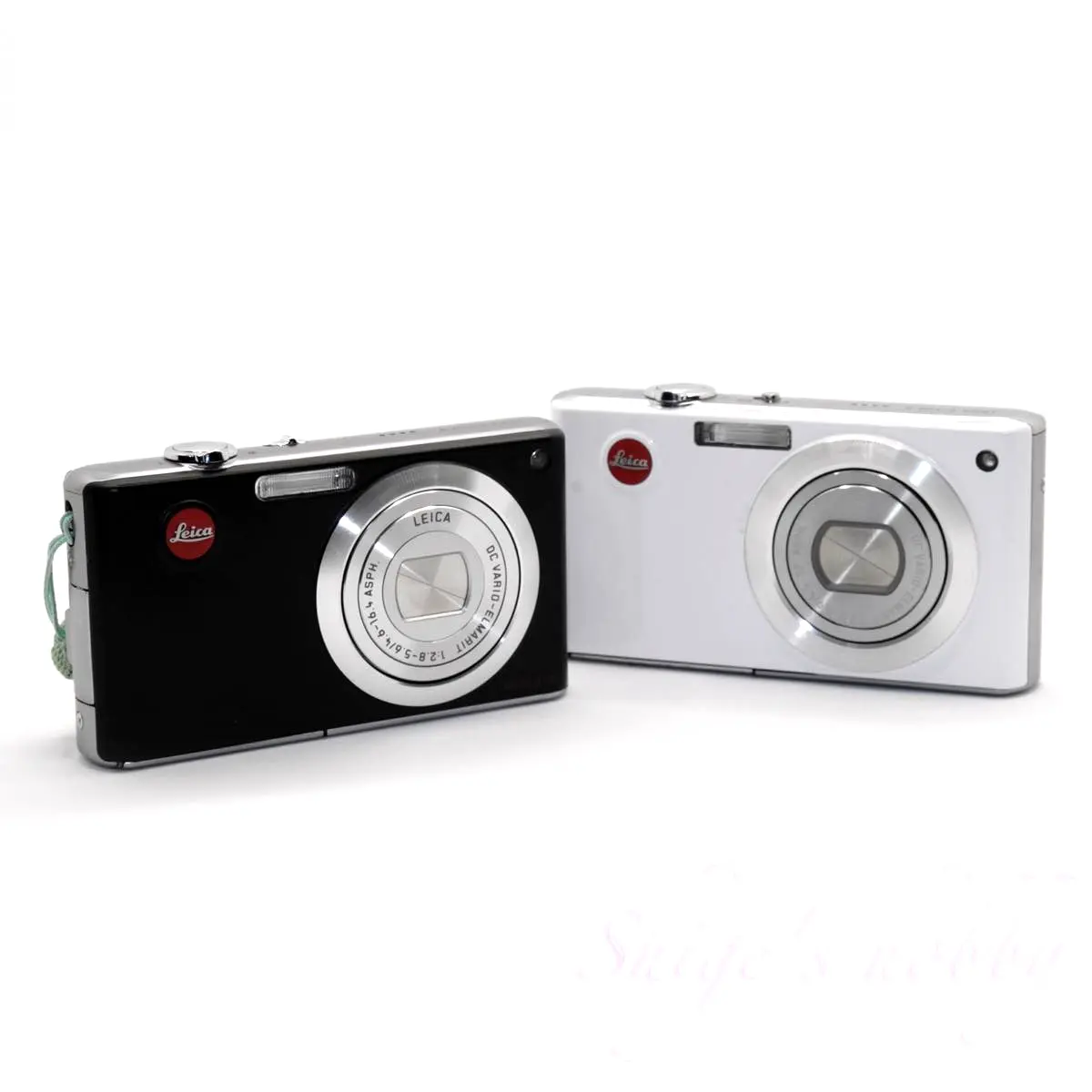The 2nd gen stylish com-digi C-LUX2

- Please see the disclaimer regarding advertising here.
- Italicized links in the text are advertisement links that take you to other sites.
Table of contents
Gallery
Review


1.Overview
The C-LUX 2 is a compact digital camera released by Leica in 2007.
The second-generation C-LUX is 4mm thinner than the first-generation model, and is compact enough to fit easily in a breast pocket. Its color is “Stylish Black.”
The main specifications are summarized below, and the detailed specifications of the camera are listed in the table.
- The image sensor has 7.2 million pixels
- The installed lens is the Leica DC VARIO-ELMARIT lens carried over from the C-LUX1
- 7 elements in 6 groups (4 aspherical lenses)
- Built-in optical image stabilization mechanism (Mega-OIS)
- Focal length f=4.6-16.8mm / F2.8 (wide end)-F5.6 (telephoto end)
- 35mm equivalent: 28mm-102mm
- Supports up to 32GB SDHC card
- 27MB built-in memory for shooting
- Battery is BP-DC6
- Body colors are black and silver
2.Usability
The C-LUX2 was released in 2007, so it probably falls into the category of old compact digital cameras. The black version I own has a matte black color with no gloss and a calm color.
The DMC-FX30 is also a stylish camera, and the Leica version has a simpler and more sophisticated design.
It has the same lens as the C-LUX1, so at the wide-angle end, depending on the shooting distance, barrel distortion may occur when shooting a grid-like object.
The number of pixels in the image sensor has increased by about 20% from 6 million pixels in the C-LUX1 to 7.2 million pixels. However, there is almost no difference in the shooting results.
Recording is limited to JPEG, and Raw shooting is not possible. The sensor size is also small at 1/2.5, so you cannot expect high ISO image quality in dark places. It is an old-fashioned digital camera with noise at ISO800.
The file size of one image is about 1.5 to 4MB, and if you use a 32GB SDHC, the shot counter will exceed 1000 shots, so you can take almost infinite shots. The camera has 27MB of built-in memory for shooting, and can take about 10 shots in Fine mode.
The shutter response is such that after about 3 shots, the camera waits for the next shot to be written. It is not possible to shoot continuously, but since this is not a camera for continuous shooting, photographers should be prepared for this.
The battery is BP-DC6, and the C-LUX2 and C-LUX3 have the same model number, while the previous model C-LUX1 has a different battery model number.
There are several compatible batteries with compatible shapes and voltages, such as Panasonic’s DMW-BCE10E and Ricoh’s DB-70. We do not recommend using compatible batteries, and ask that you use them at your own risk.
The memory card slot of this camera sometimes has a problem where the write lock tab of the SD card gets caught in the card slot, making it impossible to remove the SD card from the slot. In that case, you cannot remove it by just twisting it with force, so fold a thin, strong piece of paper into an L or U shape, insert it into the gap between the card slot and the SD card’s write lock tab, and cover the write lock tab with the paper to remove it safely. I also encountered this problem with the C-LUX3. This symptom is seen in Panasonic digital camera card slots from that era.
Also, when I disassembled the camera to remove the card, I found that the SD card slot was a unit that integrated the card insertion section and reading section, and I was unable to remove the card by simply disassembling the camera. It is safer and more effective to remove the card by pinching it in the gap mentioned above.
The lock tab of the SD card used in this camera is covered with thin, strong mending tape to prevent it from getting caught.
3.Summary
It offers a focal length of 28mm to 102mm, which is sufficient for everyday use.
The camera is also 22mm thick, so it fits easily in your pocket and is very portable.
The C-LUX2 is an OEM camera with a different design from the LUMIX DMC-FX30, and is a good choice if you value the Leica red badge on the camera and the design. If you only want camera functionality, a cheap Panasonic is enough.
I own a black model, and this matte black color is enough to satisfy my desire to own it.
The problem is that it makes me sad when I scratch the surface of the camera while using it. I accept that this is inevitable because it’s a camera.
Specifications and series camera comparison
| Model name | C-LUX 1 | C-LUX 2 | C-LUX 3 |
| focal length | 28-102 | 28-102 | 25-125 |
| Pixels | 6.37 | 7.2 | 10.1 |
| Sensor | 1/2.5 | 1/2.5 | 1/2.33 |
| Finder | none | none | none |
| Back LCD | 2.5 | 2.5 | 2.5 |
| Battery | BP-DC4 | BP-DC6 | BP-DC6 |
| Memory-card | SD | SDHC | SDHC |
| Release year | 2006 | 2007 | 2008 |
| Colorカラー | Silver Black | White Black | White Black |
| OEM Model | DMC-FX01 | DMC-FX30 | DMC-FX37 |
Option
- leather case
Reference links
Update history
- 2025.3.14
- 2024.07.25
- 2024.04.04
- 2023.05.18
Affiliate links
- Please see the disclaimer regarding advertising here.
- Italicized links in the text are advertisement links that take you to other sites.
- Leica Lens・Ads by Amazon
- Leica Books・Ads by Amazon


Leave a Reply